Genre: Electronica
Favorite Tracks: “Black Rainbow,” “White Picket Fence,” “Frozen,” “Shellshock,” “Strangers”
I’m not someone who usually cares at all about sorting music into strictly-defined genre categories, and mostly find genre to be a limiting way of approaching music criticism. Yet I find myself completely obsessed with trying to describe and categorize the defiantly unique electronic style of AGOR, the long-awaited debut album from Lewis Roberts, aka Koreless, without contradicting myself. It’s not that I need to stuff Koreless’ music into a rigid box, I’m just so fascinated and puzzled by the question of what genre I would catagorize this record into if I was forced to choose one. As Koreless’ label described it to XLR8R when AGOR was announced, “it straddles various worlds of dance, ambient, and contemporary classical while not sounding like an example of any of them.”
If you haven’t listened to Koreless, you might glance at his discography and wonder why an artist who started their career around 2010 is only just now releasing their debut full-length LP, or why there were only a couple of sporadically released singles and one EP in the years since signing to Young (FKA Young Turks). But, as someone who has spent a lot of time with the discography, it feels like a small miracle this album was completed at all, or that any Koreless project ever gets finished for that matter. In the over-five years it took him to finish AGOR, Roberts’ songs went through hundreds of iterations, with the core ideas coming quickly but the details being labored over to excruciating degree. He describes his process as “a twisted journey for me. I’m talking about spending 15 hours a day, seven days a week over a period of years.” Before pursuing music full time, Roberts’ childhood love for sailing led him to study naval architecture in college, his logic being that “I should probably start making boats if I’m going to be in them all the time,” and you can hear that same obsessive, detail-oriented brain in his elaborate compositions. Just imagining the mind-numbing work he put into every track on AGOR gives me a second-hand stress headache, but the results of the album speak for themselves: every bit of blood sweat and tears he poured into this piece paid off in spades, even if the experience of making it was, in his own words, “really quite unhealthy.”
In some ways, the work of the Welsh musician is incredibly self-explanatory. Right there in his pseudonym he lets you know what this is: core-less dance music. While most house and techno tracks rely on a consistent 4/4 beat to keep the listener moving, you won’t find a single thumping kick drum or shuffling hi-hat on any Koreless track, and after his first two debut singles in 2011, he pretty much abandoned drums altogether. While Koreless is definitely not making traditional club music, calling his work ambient seems wrong too, as there is nothing about this music that feels designed to fade into the background of the listener’s attention. Ambient music washes over the listener, details dissolving onto each other and creating a sense of atmosphere that the listener can choose to engage with passively or actively, but Koreless’ music gives you no such choice, even in its ambiguity—these new songs in particular grab you by the collar. This specific style that Roberts has been honing for over a decade now manages to combine the weightless feeling of ambient music with the propulsive momentum and physical energy of deep techno and house: listening to it feels like you’ve been caught in a tractor beam that is suspending you in mid-air and pulling you forward at the same time. You’re floating through it, but you’re completely under his control, every detail precisely calibrated to create a very specific feeling. As described in an interview with Pitchfork around the time of his 2013 YUGEN EP, the mission statement of Koreless is “trying to make really physical music for the club without using any drums… trying to make it like something really physical is happening to your body that you can’t really describe. Not like any kicks or snares, just a flow-through.”
AGOR sounds enormous and vast, epic in scale, and yet the (almost) complete lack of percussion in the mix gives it a delicate and intimate feeling at the same time. It’s like the visual art style of pointillism translated into electronic music: thousands of tiny little notes and fragments of vocals that would sound insignificant on their own, arranged into a mosaic of sound that feels grand and magnificent when viewed as whole. There is no skeleton to bind these individual points together, but in a similar phenomenon to the ability of the human eye to blend the colors between the dots of a pointillist painting, your ear can almost hear the imagined rhythm that would normally be there beneath the arpeggiating synths and carefully chopped vocal loops. There are similar artists, like Barker, whose drum-less techno compositions still manage to move your body with surprising effectiveness using solely rubber-band basslines, but Koreless is more interested in deconstructing and recontextualizing the club music and ambient genres entirely, and AGOR does exactly that.
After the intro track “Yonder,” which gently eases listeners into AGOR with some beautiful clusters of synth pads, the album’s first real centerpiece, “Black Rainbow,” becomes essentially a crash course in the Koreless style. After establishing the track’s main melody with a few layers of complementary synth tones and pairing it with a delicately chopped vocal sample that acts as the counter melody, Roberts takes what starts as a very simple musical idea and keeps stacking more and more synthesizer layers and additional melodies on top of that foundation, building up what is initially a very understated idea into something that feels 10,000 feet tall. Even more impressive than the unorthodox structures of the individual tracks on AGOR is the way those tracks have been carefully woven together, with interlude pieces that carry over elements of the tracks before them and specific sonic motifs and textures that repeat throughout the runtime of the album. This isn’t just an album with smooth track transitions to make it feel a little more cohesive, and it’s clear that each individual track on AGOR was conceived and constructed with the whole picture of the album in mind, each track a specifically designed as a puzzle piece that fits perfectly into the tracks on either side of it.
In addition to Koreless’ fondness for exploring the uncanny valley between club music and ambient music, he also loves to blur the boundaries between the artificial and the natural worlds. The album’s cover art, designed by Daniel Swan, is a perfect example of this, depicting a lush green backdrop peeking through tears in a woven metal fabric. It’s a very tactile image, and was inspired by a real trip Swan and Roberts took together into the forests and mountains of Snowdonia national park in Wales, but there’s nothing about this cover that feels real or natural, despite evoking plant-like imagery and recognizable textures. The green is just a little too green, the leaves are just a little too symmetrical, it’s off just enough to be unsettling. This approach to visual art is mirrored by the style of the music. In the same 2013 Pitchfork interview, he said, “I don’t ever want my music to be real-I don’t want any acoustic or human elements. I want it to be completely artificial and sci-fi.” He absolutely achieves that mission. AGOR sounds like nothing of this earth, but what fascinates me is that even at this album’s most psychedelic, sci-fi moments, the music is always grounded in very sincere human emotions, no matter how inhuman he tries to make it sound. Koreless himself admits that even when an idea begins as a joke or experimental thought exercise “I can’t help myself but make everything feel really melancholy and epic.”
That tenuous balance of natural and artificial is especially evident on the pair of tracks “White Picket Fence” and “Act(s),” which are dominated by a wordless, almos choral-like vocal that evokes the surreal grandiosity of the HALO 3 menu music, or the work of electronic music contemporaries like Sinjin Hawke. Koreless cites pirated Ibiza chill-out compilation CDs he listened to growing up as the inspiration to this approach to vocals, fascinated by not knowing who the artists were that made the tracks on these compilations. That influence is most clear on “White Picket Fence,” where unlike most of the rest of the album, the vocals aren’t chopped up and heavily edited, allowing this ghostly falsetto singer to take up the center focus of the track without ever clearly articulating words. This track also has some of the album’s most clearly recognizable acoustic instruments, beginning with a tenderly played piano melody and some harpsichord to pair with the vocal, but the way those instruments are quickly swallowed up by some epic, rumbling synth pads about a minute into the track indicates Koreless’s tendency to constantly obscure the familiar with the abstract.
The way I describe this album might sound excessively challenging—maybe a little too pretentious and heady, or like something you might find interesting in theory but can’t imagine actually listening to in your day-to-day life. But the genius of Koreless’ music is how, despite all of its formal innovation and resistance to any sort of typical dance music catharsis, this music is deceptively accessible and welcoming. This is not music that actively aims to provoke discomfort, nor is it something that takes a while to become accustomed to and enjoy; this is music that teaches you how to listen to it, guiding your hand through even its most experimental sections. Through the agonizing production and editing process it took to make AGOR, this album has been paired down to only its most essential elements in order to operate at maximum efficiency, like a carefully engineered ship Roberts might have designed in college. However, there is nothing cold and clinical about this music, the emotions of this record are as immediate and sweeping as a classical piece from the romantic era, like Beethoven conducting an orchestra of robots and aliens playing futuristic instruments. There’s something comforting about this album even amid all its strangeness, and for that reason AGOR has a chance to connect with people who might not normally reach for albums labeled “ambient” or “experimental classical” or “deconstructed club,” not that it fits neatly into those boxes anyways.




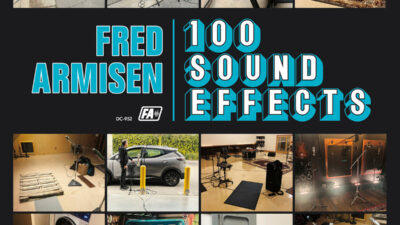





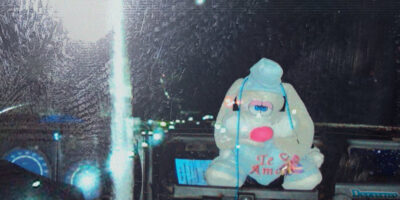

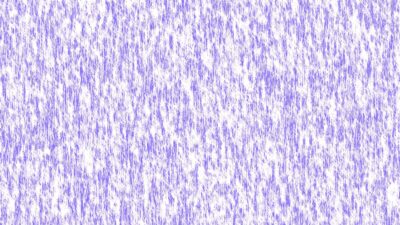
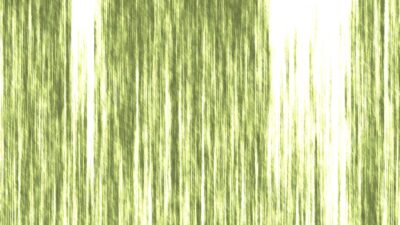
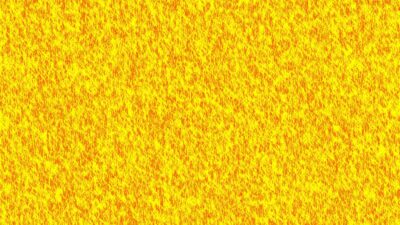

Comments